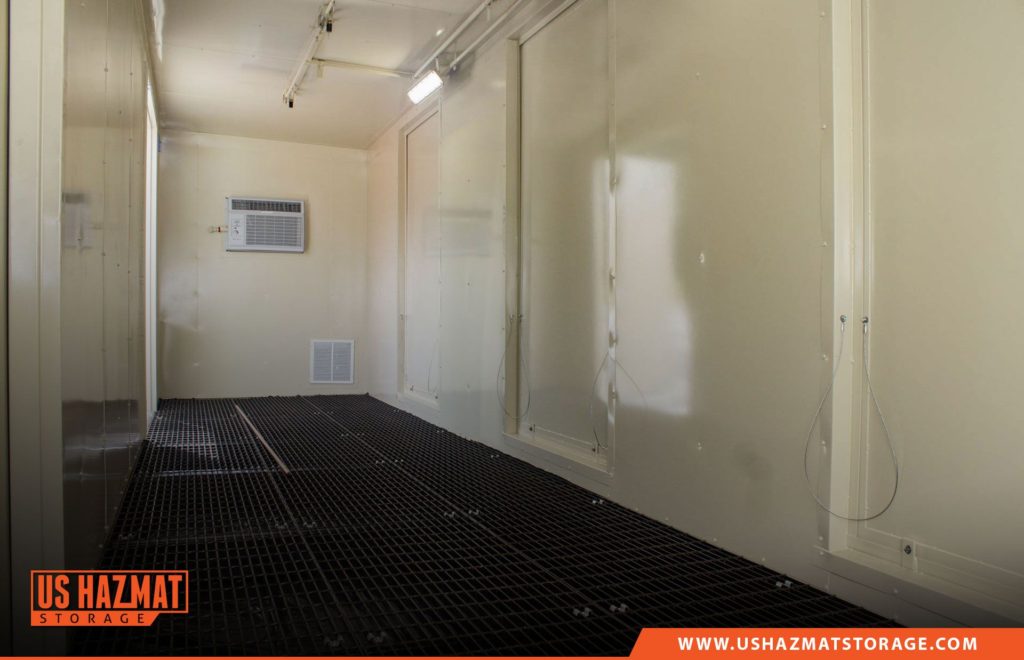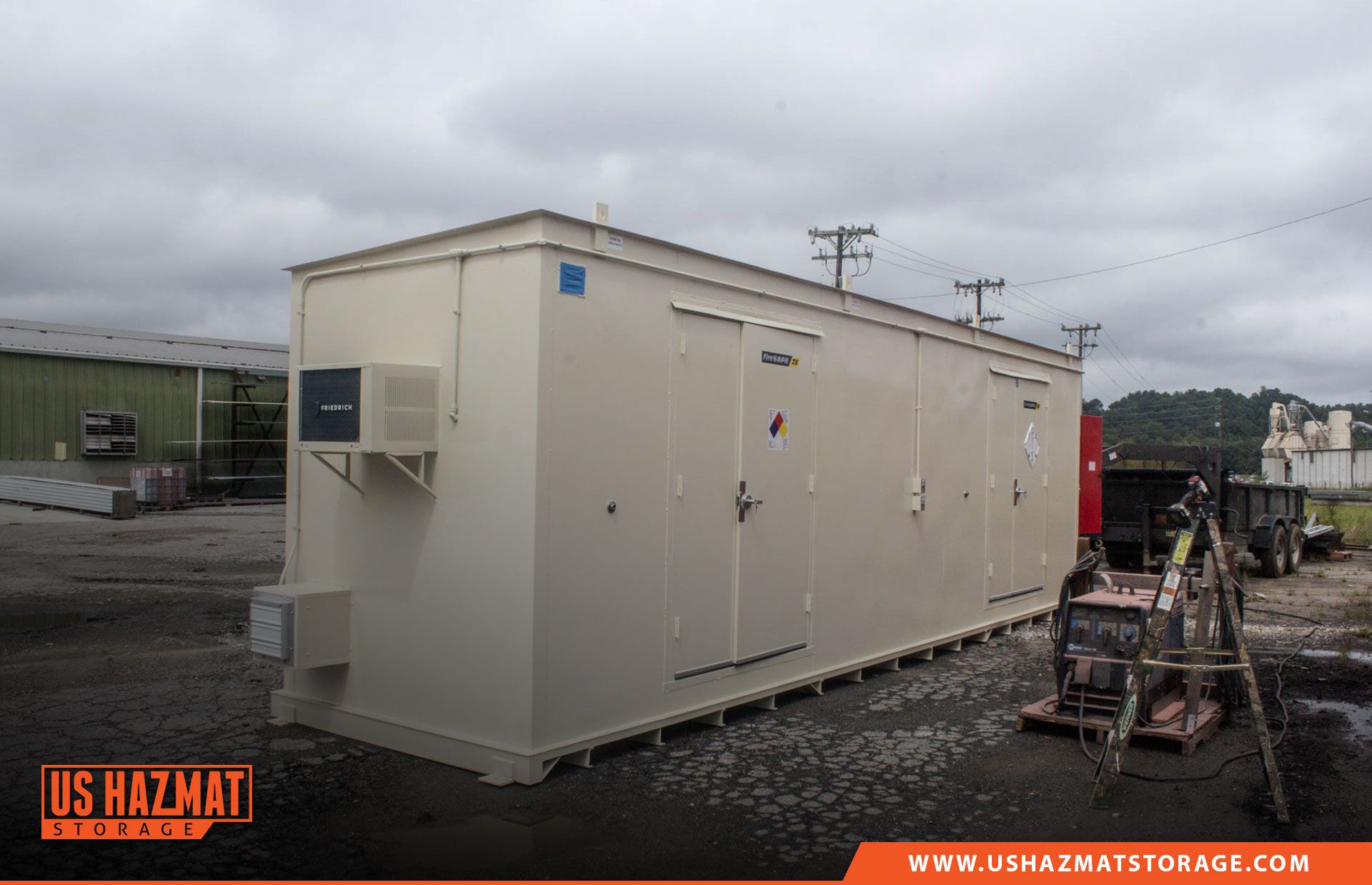Chemical mishaps happen almost everyday. Raging infernos and toxic chemicals that permeate our natural environment have become an unfortunate byproduct of an industrialized society. Some dangers from toxic substances are more insidious than others. While some hazardous materials, such as gasoline and acids, are easy to detect, other dangers slowly creep into our peripheral before reaping destruction due to negligence. Dangers from improper ammonia storage is a prime example. We don’t see the fallout from ammonia’s destructive capability until it’s far too late.
Mechanical ventilation and spill sumps can mitigate dangers from ammonia storage
A Midwestern chicken processing plant saw firsthand how quickly toxic vapors, such as ammonia, can completely shutdown operations indefinitely. As the fumes quietly filled the Missouri plant, an ominous feeling prevailed as project managers were forced to quickly evacuate the building. A massive ventilation effort ensued to clear the factory from the toxic effects. U.S. Hazmat Storage has engineered line of fire-rated lockers that are equipped with optional ventilation. Mechanical ventilation can prevent the build-up of toxic fumes and vapors, thus preventing an explosion or fire. Directional louvers allow safety engineers to control the flow of fresh air, negating the accumulation of vapors.
Fire-rated chemical storage can safely accommodate anhydrous ammonia and ammonium nitrate
Ammonia can be found in almost any industrial setting. It’s as a versatile precursor as petroleum or carbon dioxide. Along with food refrigeration, ammonia is also found in fertilizers. Proper ammonia storage must be outlined in any company’s budget to avoid hefty fines and civil penalties. In Somerset, England, an agricultural facility was forced to deal with the nasty effects of a fertilizer leak. Reverberating effects of improper storage can have long-lasting consequences. Unfortunately, the ammonia that leaked from this English agricultural facility was left unchecked and found its way into a local stream.

Fire-rated chemical storage lockers with a spill sump containment system, such as the one pictured above, could easily prevent similar leaks due to improper ammonia storage. In the event of a liquid ammonia compromise, the chemical will simply fall through the steel grated flooring and into a spill sump containment system. The dangerous chemical will remain in the sump until it can be safely removed from a hazmat response team.


